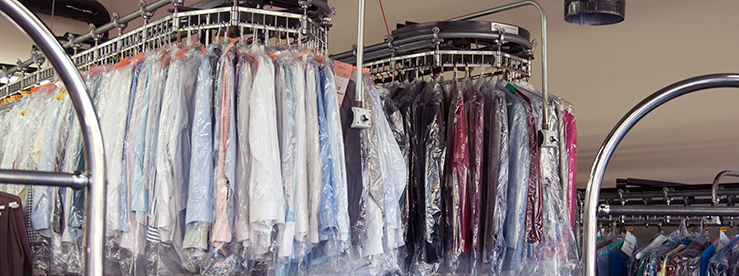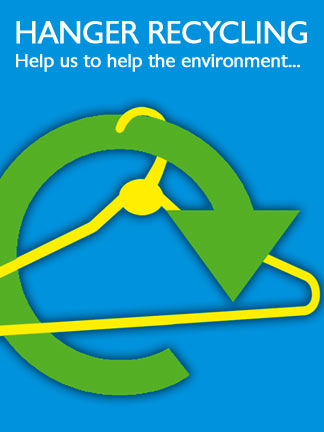OUR PROCESS


John Mattioli says being an entrepreneur has far exceeded his expectations. 




Archives
- August 2018
- October 2017
- September 2017
- June 2017
- February 2017
- July 2016
- June 2016
- May 2016
- March 2016
- February 2016
- January 2016
- November 2015
Categories
Blood Stain Removal on Silk Fabic
Here at Dry Clean City of Vestavia Hills we post fabric care information in our effort to educate our customers to better care for their garments. Today we want to let you know why it is so difficult to remove blood stains from silk garments and household goods.
First of all blood is comprised of protein and once it is allowed to dry on fabric it is difficult to remove at home. Dry cleaners are able to remove blood stains from most fabrics through the use of a protein release chemical that breaks down the protein and releases it’s bond from the fibers in your garment. This process is much easier if the garment is washable since the protein release chemical will be washed out of your garment along with the blood. If the garment is a “dry clean only” garment, the blood can still be treated with a protein release chemical and broken down with mechanical action on the dry cleaner’s spotting board. The tricky part is to flush out all of the blood that is now being released along with the protein release chemical. This can be a very tedious process that is done with the use of pressurized steam after the garment has been dry cleaned.
The only real problem fabrics to remove blood from is silk and silk blends. The reason for this is that silk is comprised of mostly protein just like blood. If a protein release chemical is applied to silk fabric, it is very likely that the fabric will be damaged and there will be color loss because the protein release chemical is reacting to the protein in the silk just like it does with blood. The silk will start to separate from the dye that has been applied resulting in color loss. If a silk garment has fresh blood it is possible that it can be removed without the use of a protein release chemical.
HOW IS SILK MADE?
Silk is one of the most beautiful textile fibers and is even considered the queen of textiles. Have you ever wondered how is silk made? It actually comes from the cocoon of the silk worm. Making silk fabric demands great deal of handling and processing. This is one of the reasons why it is also one of the most expensive fibers.
The leading producer of silk in the world today is China followed by other countries Italy, Japan and India.
Sericulture is the term used to describe the production of cocoon for the filament. The worm species are cultivated and raised under ascertained condition of the nutrition and environment. The silk worm’s life cycle starts from its egg, the silk worm, pupa and then the moth. The silk worm feeding on the mulberry leaves form the covering around it by secreting a substance through its head that appears like protein.
The cocoons are raised by farmers and they are delivered to the factory manufacturer where silk fabric is made. The filature operations are where silk is unwound from cocoons and its strands are collected into the skeins. There are some cocoons that are bred scientifically in the factories. The process of filature is consists of the stages that follow:
• Sorting the cocoons – Cocoons are categorized according to their size, shape, texture and color for these factors affects the final silk quality. The common colors of cocoons are yellow, white and gray.
•  Sericin softening – The Silk filament is repeated strand of fibroin that is helped together by a gummy substance also known as silk gum or sericin. After sorting the cocoon, they go through series of cold and hot immersions because the sericin is required to be softened to allow the filament unwinding as a continuous thread.
Sericin softening – The Silk filament is repeated strand of fibroin that is helped together by a gummy substance also known as silk gum or sericin. After sorting the cocoon, they go through series of cold and hot immersions because the sericin is required to be softened to allow the filament unwinding as a continuous thread.
• Filament reeling – Reeling is the process of unwinding the filaments of the silk from the cocoon, combining it together to produce the raw silk thread. Because of its too fine filament, it is important to reel three to ten strands to produce the desired diameter of the raw silk also known as reeled silk.
• Bailing – The silk filament is then reeled in skeins and they are packed in small bundles called books. The books are placed into bales and that weight around 60 kg. The form of raw silk is shipped to the silk mills from different areas of the world.
This is the complex process involved in making silk fiber. It is not something you can do at home but now that you know how is silk made, you probably know now why they are more expensive than other fibers.
We Are Easy On The Environment & On Your Wallet!
www.inthehamper.com


